
One of the problems with having small children is that they grow so quickly. In terms of sewing, this is a problem because:
a) I finally get around to sewing her something, and then she hardly gets a chance to wear it because she grows out of it.
b) She grows so quickly and I have minimal sewing time, so by the time I consult my (somewhat extensive) toddler sewing pattern stash, I realise with horror that half the patterns I’ve been thinking about and dying to make are no longer applicable, because they are too small. I can’t help but mourn for the patterns I may never have the chance to realise.
So, when my little vintage Australian Home Journal coat pattern arrived in the mail, I decided that I should just go for it and make it ASAP, in order to maximise wear before winter set in. I had a feeling it would be a little on the too big side, but I figured that this was a far better outcome to have than too small – maybe she’ll even get to wear it next winter too!
It was, of course, exactly around this time that my beloved Bernina started playing up, and I had to take it in to be serviced. SIX WEEKS LATER I was finally able to get stuck into the coat.
This is definitely a stash slasher. The wool is left over from a project I made about five years ago; the lining was a piece of silk that had been wallowing in a tub for a couple of seasons. Even the inter-lining was a piece of Shapewell I found in mum’s sewing cupboard when I was up visiting at Easter time (thanks mum!).
As for the pattern itself, I’m guessing it’s from around the 50’s, but that’s really a stab in the dark. I don’t think it had ever been used- it seemed to be still factory folded and I couldn’t see any signs of wear and tear or pin marks etc. I always get a little thrill when I discover an old pattern and I am able to give it another chance at becoming a real garment. Maybe the original pattern purchaser had my problem, and by the time she got around to making this coat, her child was too big for it!
 Anyway, typical of the era, there were no markings on the pattern, just a couple of punch holes that you have to decipher to tell you where the grain of the fabric is etc. And no separate pattern pieces for linings – just a brief sentence or two about how to alter the existing patterns and the assumption that the reader will figure it out.
Anyway, typical of the era, there were no markings on the pattern, just a couple of punch holes that you have to decipher to tell you where the grain of the fabric is etc. And no separate pattern pieces for linings – just a brief sentence or two about how to alter the existing patterns and the assumption that the reader will figure it out.
Similarly, the instructions are crammed onto two pieces of paper (the other sides are advertisements for buttons), with tiny hand-drawn illustrations that aren’t always completely accurate. Each ‘step’ actually contains about 4 or 5 steps in one that are sometimes only partially explained, and again, sometimes just assumed knowledge.
The other challenge was that the front envelope illustration wasn’t a completely accurate depiction of the coat – particularly the collar, which doesn’t meet at centre, as implied in the drawing.
I confess I did a bit of googling to brush up on bound buttonholes – the ‘instructions’ supplied just didn’t cut it for me! Plus, they used a different method to what I had used previously and I wasn’t confident it would work with such bulky fabric. In the end, the method I went with turned out pretty well in the end and were not as traumatic as I was expecting them to be.

 Sewing the points of the yoke was a little tricky – trickier than I was anticipating. The finished result isn’t perfect, but luckily, working with such a bulky fabric means that it’s quite forgiving. Still, every time I look at it I wish I had done a better job!
Sewing the points of the yoke was a little tricky – trickier than I was anticipating. The finished result isn’t perfect, but luckily, working with such a bulky fabric means that it’s quite forgiving. Still, every time I look at it I wish I had done a better job!

I don’t think I’ve ever done welt pockets before, so this was a new thing for me too. They are not perfectly even which annoys me slightly but I’m glad I gave them a go – it was tempting to just sew right down that seam and omit them altogether!
 The lining is attached by hand to the jacket. I suppose being a child’s jacket, this task didn’t seem too onerous – not sure how I’d feel about doing this in an adult size though!
The lining is attached by hand to the jacket. I suppose being a child’s jacket, this task didn’t seem too onerous – not sure how I’d feel about doing this in an adult size though!
I’ve always loved little girls’ jackets, especially with a vintage vibe. I’m glad I had the courage to give this one a go, even if the end result is far from flawless. And yes, it is too big (especially in the sleeves), which I might address at some point if I have the time.
 I should have given it a bit of a press before taking these photos – it had been sitting on the back seat of our car up when I popped it on her and it’s a little crumpled.
I should have given it a bit of a press before taking these photos – it had been sitting on the back seat of our car up when I popped it on her and it’s a little crumpled.

Winter is well and truly on its way here in Victoria, so I’m glad I got it done in time. Problem is, its little headstrong owner is refusing to wear any type of jacket (or cardigan or jumper or poncho) at the moment! Maybe next year…

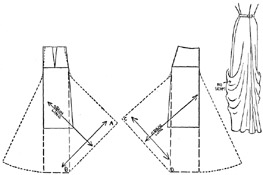
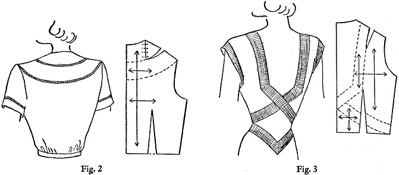

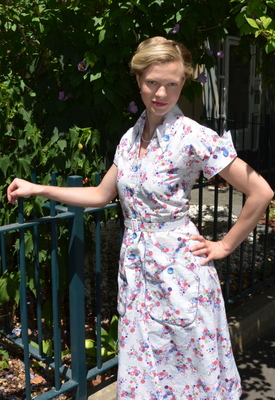
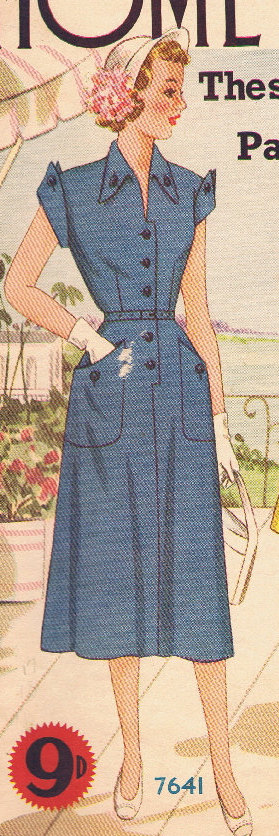
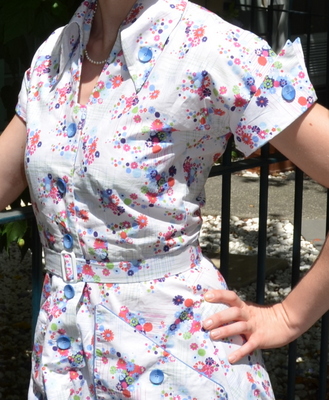
Warning: Trying to access array offset on value of type bool in /home4/offermag/public_html/vintagenotions/wp-content/themes/liquorice/header.php on line 28
Warning: Trying to access array offset on value of type bool in /home4/offermag/public_html/vintagenotions/wp-content/themes/liquorice/header.php on line 32
Warning: Trying to access array offset on value of type bool in /home4/offermag/public_html/vintagenotions/wp-content/themes/liquorice/header.php on line 36
RSS Feed